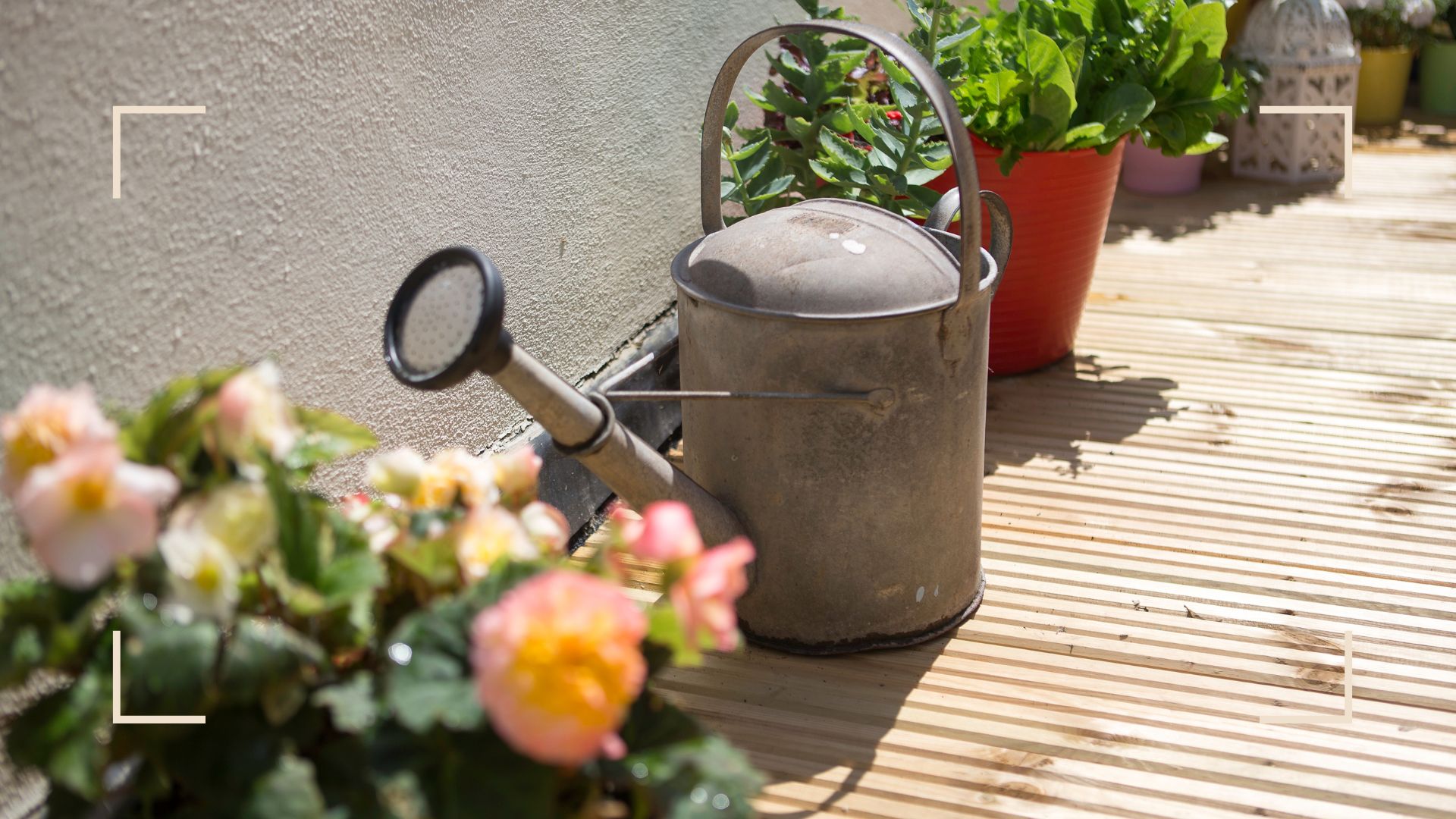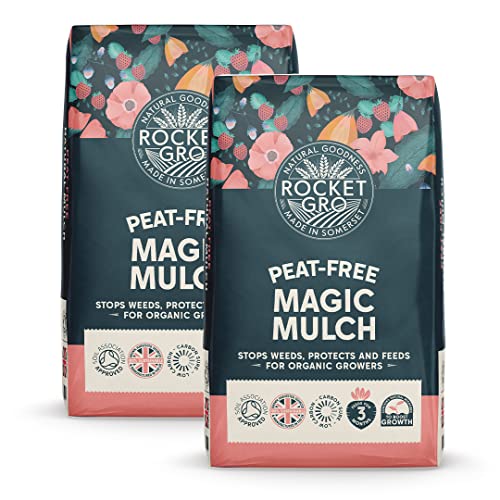A professional gardener advises doing this one thing 'before the hosepipe ban' to keep plants healthy in hot weather
A horticulture expert reveals the simple task gardeners should be doing in anticipation of a possible water shortage


While hot weather offers plenty of reasons to rejoice, when it comes to gardening, it can prove somewhat problematic.
Most gardeners ask whether they should water outdoor plants every day in hot weather, but with hosepipe bans being introduced, it may not be a reality for some. Reporting the 'driest spring start since 1956', the Environment Agency is warning about the possible risk of drought this summer.
As a result, Yorkshire Water is restricting water starting from the 11th of July. And while there are currently no plans for hosepipe bans elsewhere, "if the prolonged dry weather continues, water companies may need to implement their dry weather plans in the weeks and months ahead," says the Environment Agency.
To stay ahead of the situation, we've asked a professional gardener who is sharing tips and tricks to keep garden trends thriving during dry conditions.
Expert tip: mulching in hot weather to help keep plants healthy
It's not uncommon to restrict water usage when experiencing warm climate conditions, so what would that mean for watering your garden plants?
"With summer heat setting in fast, a hosepipe ban is looking likely and could spell disaster for gardens," says professional gardener Opheus Alexander. "Having spent the spring lovingly preparing the garden for another year, cutting back, weeding and even popping to the garden centre for some new additions, losing plants to drought can be heartbreaking (and expensive)."
To prevent heartbreak, he recommends applying a layer of mulch to aid moisture retention. So, what is mulching, and why does it help with keeping your plants hydrated? "Mulching helps the plants to regulate the uncertain watering by hugely cutting down on evaporation," Orpheus explains.
Sign up to our free daily email for the latest royal and entertainment news, interesting opinion, expert advice on styling and beauty trends, and no-nonsense guides to the health and wellness questions you want answered.
"The extra layer of mulch around the base of the plant acts as an insulating layer that stops the water in the soil from drying up in the sun. This means you can use the watering can, safe in the knowledge your plants will be happy."
A post shared by Orpheus Alexander (@orpheusalexander)
A photo posted by on
Mulching is typically a winter gardening job to insulate the soil to protect plants from frost and help prevent weeds, so it's interesting to see how it can be used as efficiently in the summer months.
"Although mulching is usually done in late winter, applying extra mulch before a hosepipe ban can be key to ensuring your plants make it through the summer while looking their best."
To use this technique to help your outdoor plants stay hydrated in hot weather, Orpheus recommends doing the following: "Water deeply first to lock in moisture (Which is why it’s essential to do this before a hosepipe ban)
"Then apply your mulch 5 - 8cm (2-3 in) thick. Make sure to keep it a few cm away from the stems to prevent rot."

Orpheus is a gardener, designer and lifelong plant enthusiast with a hands-on approach to creating natural, welcoming spaces. He is passionate about working with nature to design gardens that feel alive, seasonal, and personal. He also shares practical tips and behind-the-scenes glimpses of his projects on social media, where you’ll often find him talking plants, design ideas, and the joys (and challenges) of real-life gardening.

As Orpheus recommends give plants a 'deep water' before applying a layer of mulch
"I recommend using organic mulch (e.g. composted bark, leaf mould or well-rotted manure), which will also help improve the soil over time. If none of those are available, a good peat-free compost will work just fine." This applies to all soil types.
Using an organic mulch and homemade compost is all the better for embracing sustainable gardening solutions.
The outdoor plants to mulch in hot weather: Orpheus' recommendations
- Shallow-Rooted Perennials: "These plants dry out quickly and can suffer during dry spells: Things like Heuchera, Geranium, Primula, Alchemilla mollis."
- Newly planted Shrubs and Trees and Hedges: "They haven’t yet established deep roots so mulch will keep the soil moist while roots develop, as well as protecting the young roots from heat and dry air."
- Fruit and Vegetable Plants: "Edibles are thirsty and sensitive to drought stress. Things like tomatoes, courgettes, beans, strawberries as well as fruit trees and bushes."
- Moisture-loving plants: "Plants that need steady moisture levels like Hostas, Astilbe, Ferns and Lobelia cardinalis."
- Plants in dry sunny spots: "Even drought-tolerant plants will benefit from the reduced evaporation. Plants like Lavender, Hylotelephium, Eryngium and Santolina."
There's no UK hosepipe ban currently in place, but it's well worth keeping an eye on your local council website and checking in with your water supplier. "The EA is closely monitoring water companies’ implementation of these plans." So the story is an ever-evolving one.
When we do get a downpour, it's well worth using the best rainwater harvesting ideas to conserve water to help hydrate the plants without reaching for the hose.

Tamara is a highly experienced homes and interiors journalist with a career spanning over 22 years. Now the Lifestyle Editor of womanandhome.com, she previously spent 18 years working with the style teams at Country Homes & Interiors and Ideal Home. With these award-winning interior teams, she gained a wealth of knowledge and honed her skills and passion for styling and writing about every aspect of lifestyle and interiors.
A true homes and interiors expert, Tamara has been an ambassador for leading interior brands on multiple occasions, including appearing on Matalan’s The Show and presenting at top interior trend forecasting events such as the Autumn Fair and Spring Fair.
You must confirm your public display name before commenting
Please logout and then login again, you will then be prompted to enter your display name.
